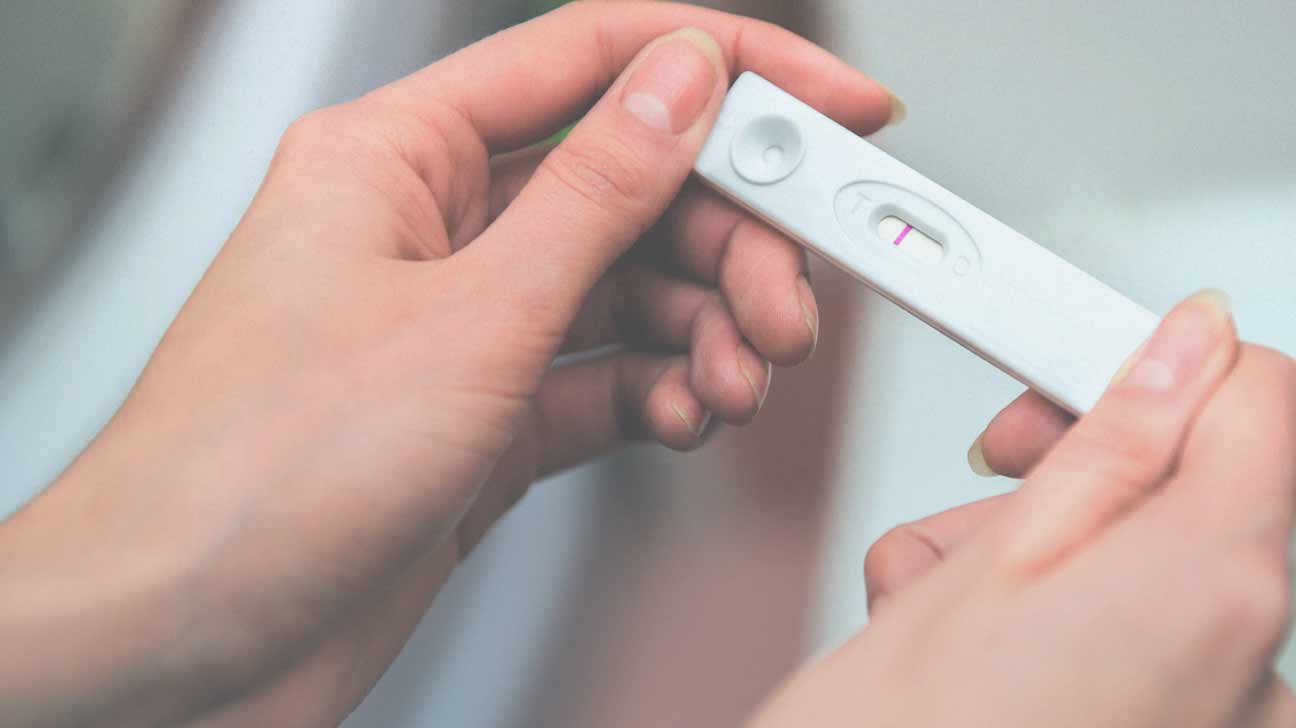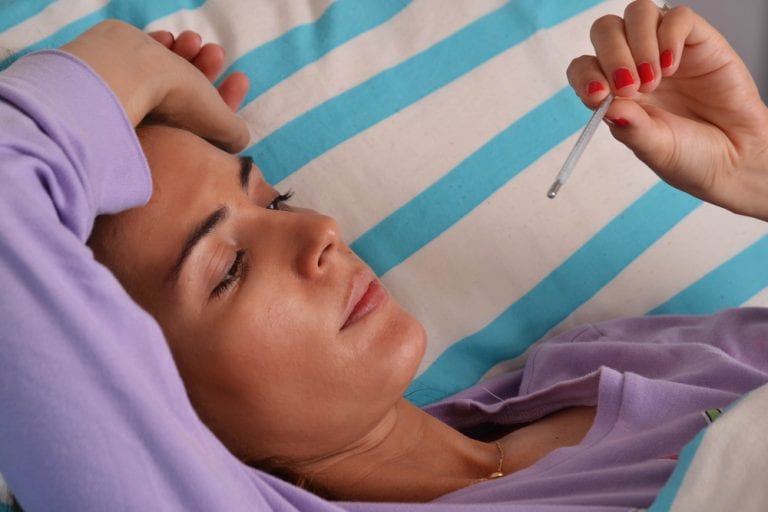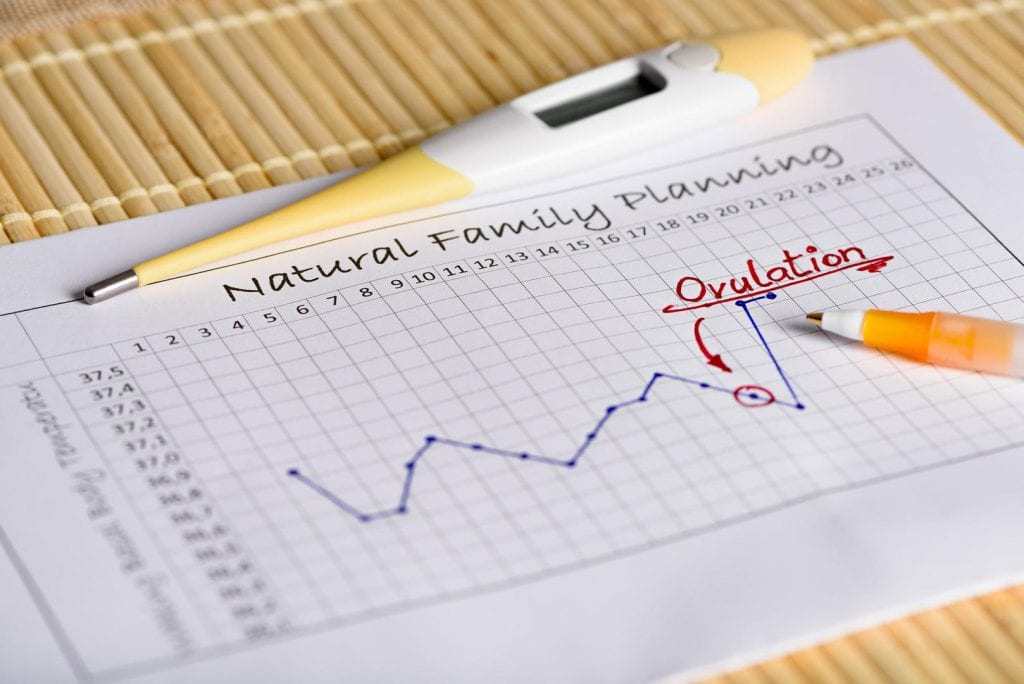Basal body temperature or BBT is your body temperature taken in the morning before rising from bed. The charting of BBT across menstrual cycle helps to tell if you ovulated and conceived. Throughout the month, you may see rises and dips in temperature on the chart. These are the signs of hormonal changes.
Contents
Basal temperature revealing you are pregnant
In the morning, your body temperature is the lowest, so it is termed as basal body temperature. It turns normal after you start moving around. Therefore, you will need to use mercury thermometer to measure your BBT first thing on waking up in the morning and before getting out of bed.
In the first phase, basal temperatures will be very steady. During ovulation, there will be a little drop in temperature, but it will increase after ovulation. If it stays elevated mean you have possibly conceived. Basal body temperature after conception will spike and remain high almost until the delivery.

Source: Healthline
For example:
- Day 1 to day 13 – Average BBT before ovulation can be 97° to 97.5°F
- Approximately on day 14 – A drop in temperature, ovulation phase – 96.3° to 96.8°F
- From day 15 to day 30 – After ovulation, temperature regains – 97° to 97.5°F
- In case of conception – BBT spikes and stays high – 97.8° to 98.8°F
This is an example, but the BBT of every woman differs because of hormonal changes. You need to keep track of your personal BBT for an entire cycle to find your normal range. At the start, temperature maintains a specific pattern, but a slight drop will be noticed on day 12 or 13 up to 16. Then it will increase until the next period.
As soon as your menstrual cycle starts temperature drops to basically the same numbers charted in the first week of the previous month. Fortunately, if you successfully conceived then the temperature will not dip but stay little elevated. Thus, you get to know if you got pregnant in the given month.
Charting cervical mucous
Even cervical mucus shows changes in the different menstrual cycle phase. From day 1 to day 7 it will appear bloody depending on the length of your periods. Slowly it will start to change. From second week changes will be seen daily.

Source: flo.health
Changes in cervical mucus
- From day 1 to day 7 – Red, so mark ‘R’
- From day 8 and day 9 – No mucus present, so mark ‘D’ [Dry]
- From day 10 and day 11 – Tacky and sticky, so mark ‘S’
- On day 12 – Watery and creamy, so mark ‘C’
- On day 13 and day 14 – It is egg-white, clear, thin, and stretches. It is very fertile and will help sperm reach the egg. It is a sign of ovulation, so mark as ‘EWCM’ [egg-white cervical mucus]
- On day 15 till next menstrual date – Mucus returns to creamy, sticky, or dry again until period begins. From the EWCM day, you can be fertile for around 3 to 7 days, and sperm thrives in a female body for 7 days
BBT and cervical mucus charting are both methods that can help you predict ovulation and possible conceiving time.

Source: Pinterest
How to get an accurate BBT reading?
- Take temperature with a mercury thermometer on waking and lying/sitting in bed. The reading also needs to be done simultaneously each morning.
- Before reading, don’t drink or eat anything, not even water.
- You need to know that factors like cold, infection, stress, emotional disturbance, using an electric blanket, having drinks the night before or a jet lag can increase BBT besides ovulation.
- You need to have at least three hours of sound sleep for getting an accurate reading.
Good luck in your attempts to conceive!
